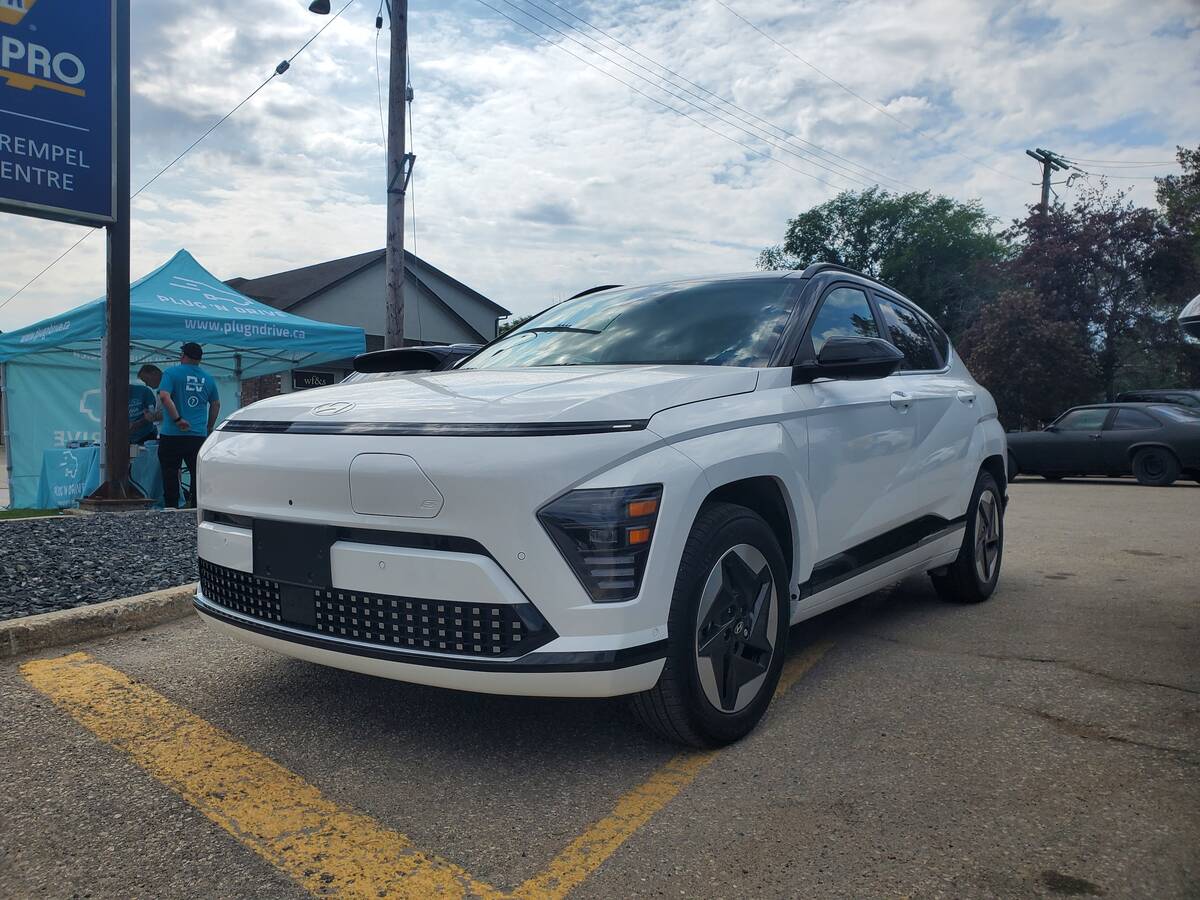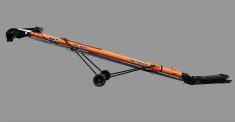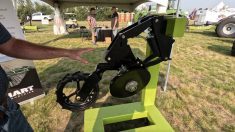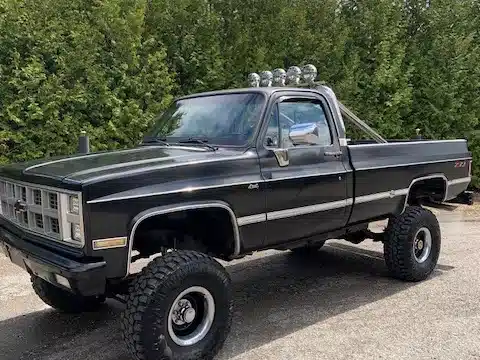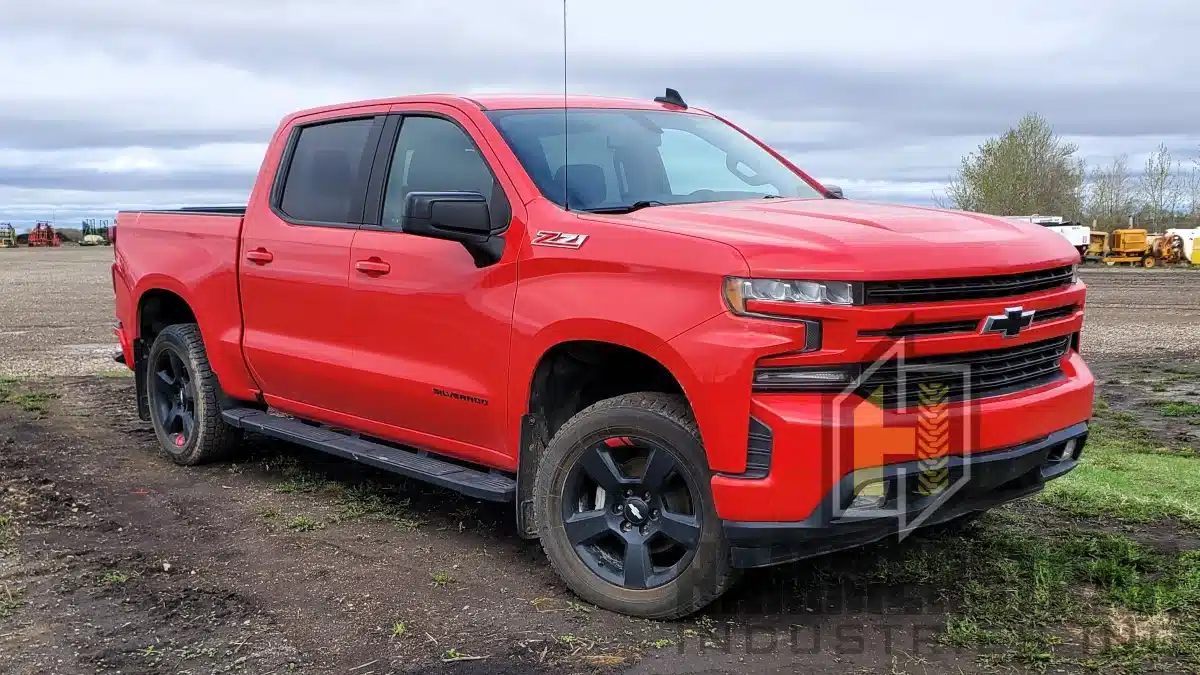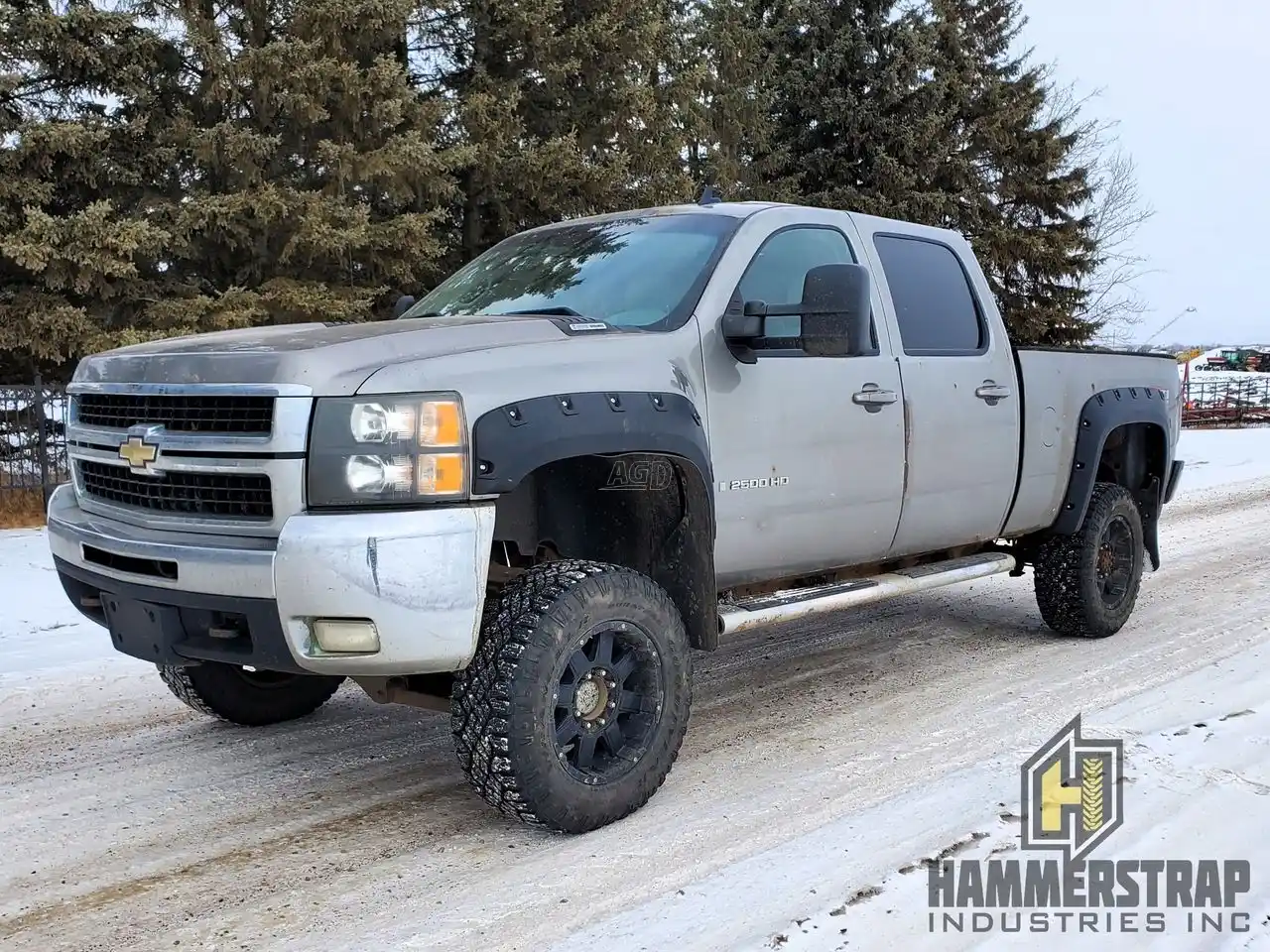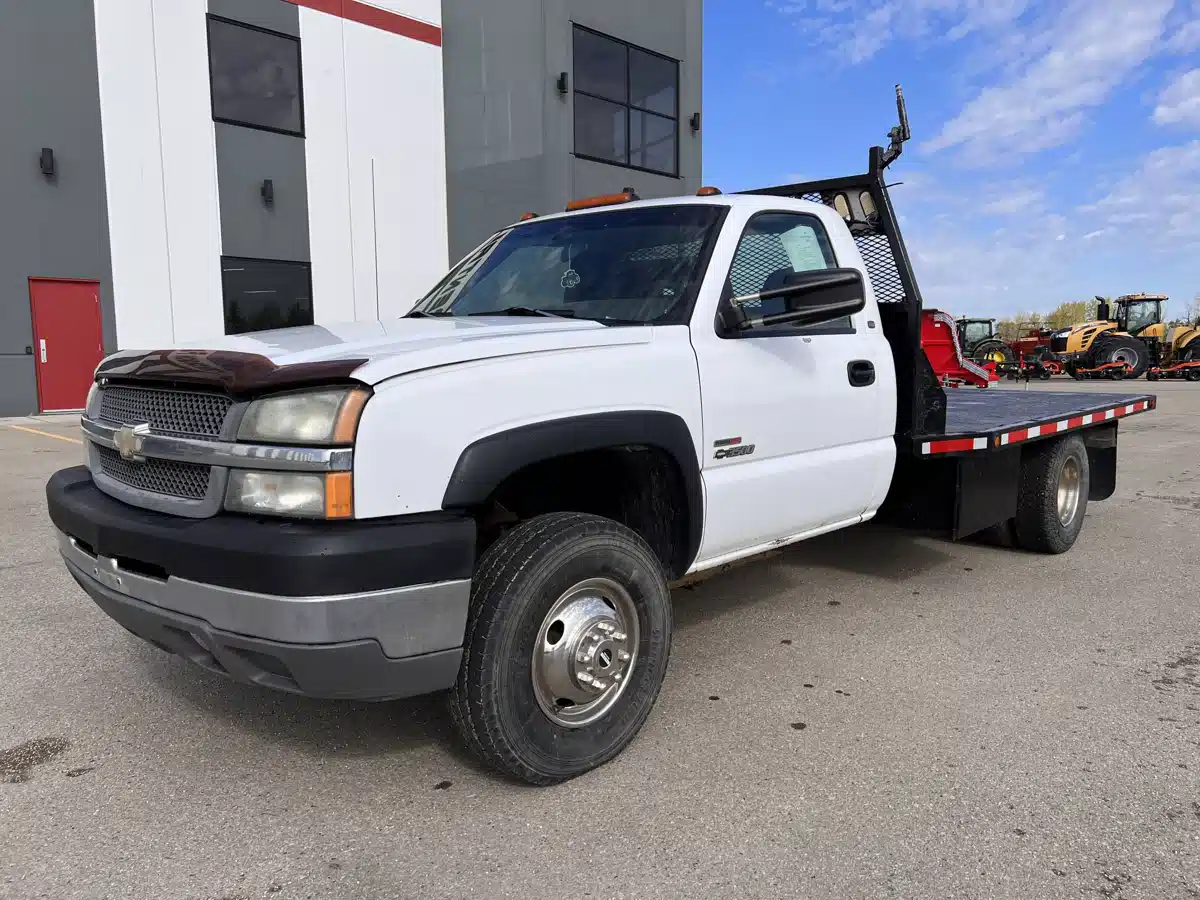Electric vehicles are becoming pretty common these days. But more than a few of us haven’t had the chance to drive one and compare it to an ICE (internal combustion engine) car or truck.
Until recently, I’ve been among those who’ve had virtually no experience with one — but that changed in February.
My first time in a BEV (battery electric vehicle) was in the cab of John Deere’s soon-to-be-introduced tractors at a vineyard in California. Operating the tractor was virtually identical to running a regular one with a CVT transmission.
Read Also

Claas brings 1000 Series SP forage harvesters to Canada
In mid-August, Claas unveiled its new line of Jaguar forage harvesters at an event in Visalia, California, deep in the heart of that state’s dairy region.
The biggest difference was the absolute silence in the cab and no tachometer to monitor.
When the national Plug’n Drive event hit town, I expanded my range of experience with BEVs by getting behind the wheel of a couple of passenger vehicles. Sadly, none of the electric pickups were included in that event — but clearly, farmers buy regular cars sometimes too, so it seemed a worthwhile event to attend.
First up for review was Hyundai’s Kona: a smaller SUV that still offered a fair bit of internal legroom and storage space but was small enough to feel like a nimble little grocery-getter. It proved to be a nice little car to drive.
But it was the electric angle that I was looking to evaluate.
Most ICE vehicles these days are extremely quiet and the BEVs I drove took that up a notch — not surprisingly, no sound at all.
Acceleration was impressive for a car that size. That’s to be expected. Electric drive makes torque instantly available at any speed, something you don’t necessarily get with a compact ICE vehicle.
Regenerative braking allows for short bursts of recharging when stopping, and the adjustable feature allows the driver to use that in place of standard braking, with a selector paddle behind the steering wheel to control the rate of deceleration.
—> READ MORE: Silverado EV, F-150 Lightning take a cold comparison
Of course, there were ample high-tech displays and camera views on the dash.
The Kona has a published range of 420 km and a starting MSRP of $46,499. Our test unit had an as-equipped price tag of roughly $53,000.
Next up for a test run was the Chevy Equinox: a larger car with more cargo space and internal room. It had a more solid, heavy feel than the little Kona, no doubt due to the added size and much larger battery pack that offered a published 513-km range.
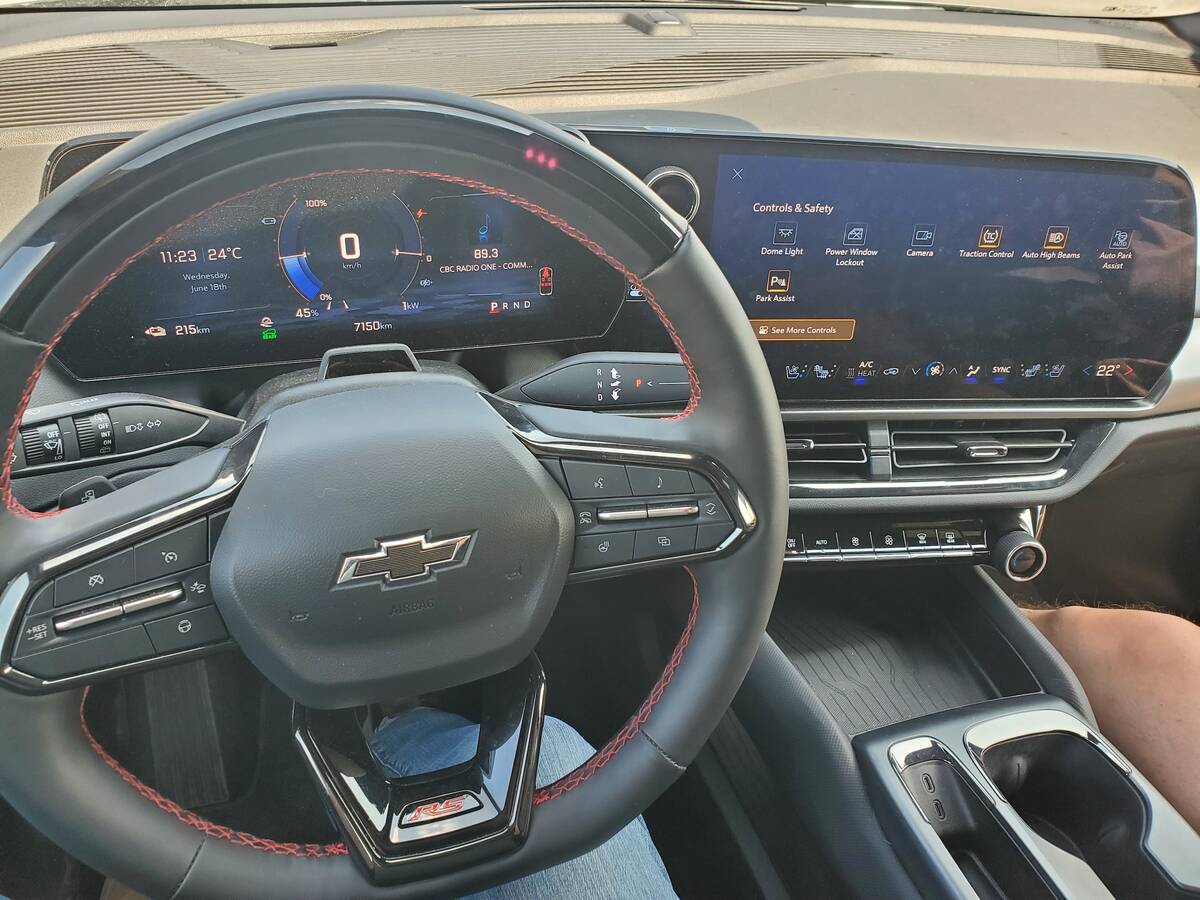
And while the Kona had good acceleration, the Equinox put it to shame. Mash the accelerator pedal and the car instantly responds so much the back end wants to break loose at nearly any average speed.
I wouldn’t have believed it had that much torque. I’ve driven old-fashioned muscle cars, but I can’t think of any that had that much throttle response.
Starting MSRP for the Equinox is $48,418.
A plug-in charger is included with both models, according to the Plug’n Drive staff. While every BEV is different, they said that an average BEV, when plugged into a standard 110-V outlet, should gain enough charge to put on an additional five km of range per hour. With a 220-V fast charger, a full recharge should be possible within five hours.
The charger for the Equinox was capable of plugging into a standard 110-V or 30-amp or 50-amp 220-V outlet. That means if you have a welder plug in the garage, nothing more is required to keep your Equinox charged and ready.
It’s fair to say electric vehicles won’t work for everyone — yet, at least. But they may be a better fit and have a broader application than many might expect.
I’ll be the first to admit nothing gets my heart rate up like the sound of a big diesel engine pouring a stream of thick black partly-burned hydrocarbons out a vertical exhaust, but for a runabout grocery-getter set of wheels that would add a little fun to a parts run into town, these BEVs have convinced me they’re well worth considering. And the lack of a gas or diesel engine shouldn’t disqualify them from consideration.


